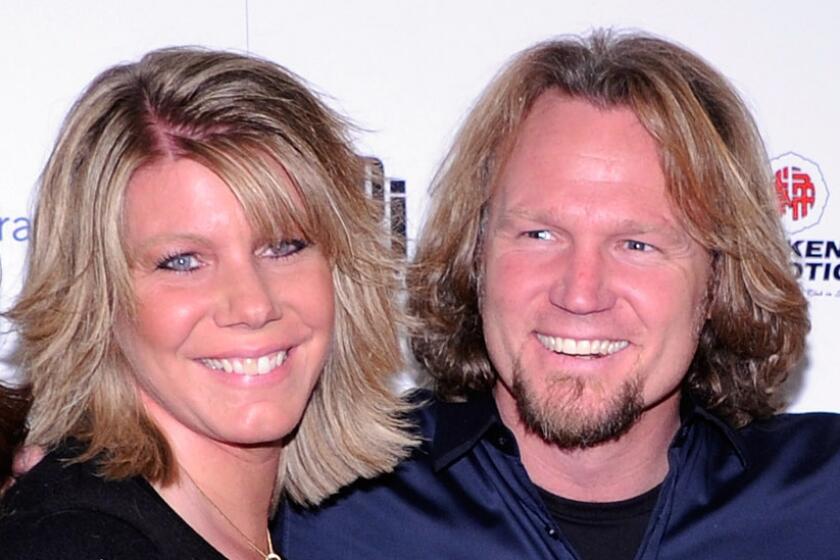Music Reviews : Mozart / Haydn Program by L.A. Master Chorale
- Share via
There apparently exists a difference between the level of inspiration evoked in conductors by a choral work of the teen-age Mozart and that by one of the elderly Haydn.
At least, so it seemed Sunday night in the Dorothy Chandler Pavilion, as John Currie led the Los Angeles Master Chorale and Sinfonia orchestra in the prodigy’s “Litaniae Lauretanae,” K.195, and the patriarch’s Mass in B-flat (“Harmoniemesse”), with Mozart’s “Exsultate, jubilate,” K.165, for soprano and orchestra sandwiched between.
In the “Litany,” the Chorale gamely purveyed varied tone color, dynamic contrasts and rhythmic alacrity in spite of sluggish direction that put them at odds with the orchestra (the Kyrie’s melismas), precipitated early entrances (the end of the soprano’s cadenza in “Agnus Dei”) and mated loud, scrappy strings with anemic vocal solos.
Four evenly matched singers offered lean, unassertive sound and bland musicianship. Tenor Paul Johnson intermittently broke the reticence barrier--affording relief from the blahs--bumpy runs and occasionally sagging pitch notwithstanding.
Craig Kingsbury fulfilled the basso obligations (all but the work’s lowest note, in “Ora pro nobis”), while Jennifer Williams discharged her modest mezzo responsibilities competently. Rebecca Sherburn’s appealingly pure, minuscule soprano evaporated below the staff.
Sherburn skittered daintily over the surface of the great solo motet, displaying fleet fioritura. Currie’s headlong tempo for the slow, low middle section proved unavailing: even at piano , the reduced orchestra too often covered her completely.
After intermission these forces sounded like a different gang altogether. With Haydn’s Mass as catalyst, Currie was fully in command, eliciting rousing results.
All four soloists were moved to greater urgency and vocal solidity, if hardly opulence, with the Chorale at its best, now supported and unimpeded.
The Sinfonia ensemble, previously strings, two horns and two oboes (these four a pleasure in Mozart), turned secure at full complement. Outstanding were the winds, reveling in Haydn’s elaborate writing (especially in “Dona nobis pacem”), and the spectrum of choral sound in “Et resurrexit,” from hushed to full-throttle, unmuddied at all levels. The entire Mass moved with a stirring conviction.
More to Read
The biggest entertainment stories
Get our big stories about Hollywood, film, television, music, arts, culture and more right in your inbox as soon as they publish.
You may occasionally receive promotional content from the Los Angeles Times.










